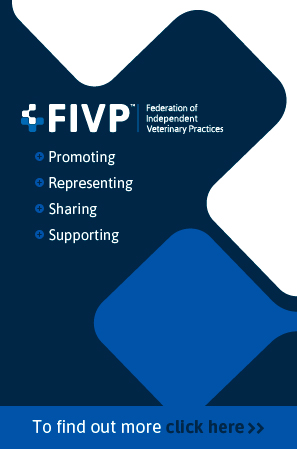Dogs’ heart rates synchronise with owners, study finds
The connection could be similar to human affective attachment.
A new study has revealed a physiological connection between a dog’s heart rate and its owner’s.
Researchers from the University of Jyväskylä found that a dog owner’s heart rate variability connected to that of their dog when they were spending time together.
Heart rate variability describes the variation in the intervals between heartbeats, which is indicative of the state of the autonomic nervous system.
A high heart rate variability usually indicates a state of relaxation and recovery. Meanwhile, a low heart rate variability would suggest stimulation and strain.
To assess how the heart rates of humans and their dogs could be related, the researchers monitored the heart rates of dogs and their owners during specific interaction tasks.
When owners and their dogs were both having free-form resting sessions, the owner’s heart rate variability appeared to be connected to their dog’s high heart rate variability. This meant that, when the owner was relaxed, the dog was also relaxed.
Aija Koskela, a doctoral researcher, said: “The interconnection in heart rate variability between the dog and its owner during resting periods may be explained by the fact that in those instances there were no external tasks, but the counterparts could react more to each other’s state in a natural way,”
There was also a link between the activity levels of owners and dogs during specific given tasks.
The researchers say that, while the physical activity itself likely impacted on heart rate, there were consistent connections between these variables in many situations. They therefore suggest that heart rate variability reflected a synchronisation of emotional state rather than activity levels.
The background factors behind heart rate were examined, including the relationship between bigger dogs and a higher heart rate variability.
A dog’s heart rate variability may be explained by its owner’s negative affectivity – where humans become easily concerned by negative things. This type of owner tended to develop a strong emotional bond with their dog, meaning the animal felt safer with them.
However, the study uncovered that an owner’s heart rate variability was best explained by the dog’s variability, even when the owner's activity level and body mass index were taken into account.
It indicates that the emotional states of dogs and their owners, as well as their nervous systems, became partially adapted to each other during interaction. It may be the same mechanisms involved in human affective attachment that support the relationship between dogs and their owners.
The full study can be found in the journal Scientific Reports.
Image © Shutterstock



 The BEVA has opened two new roles on its Nurse Committee.
The BEVA has opened two new roles on its Nurse Committee.